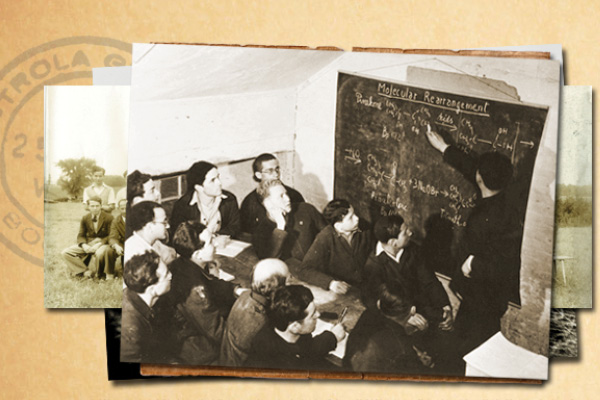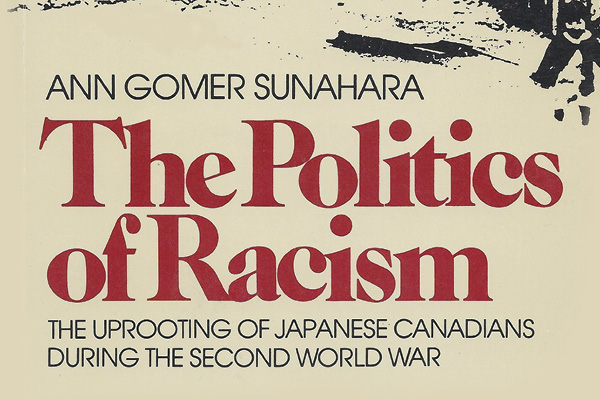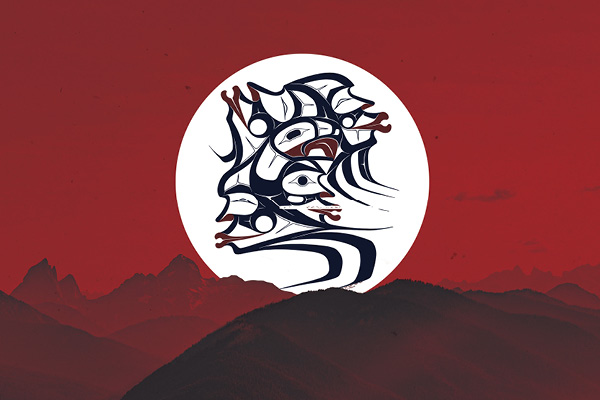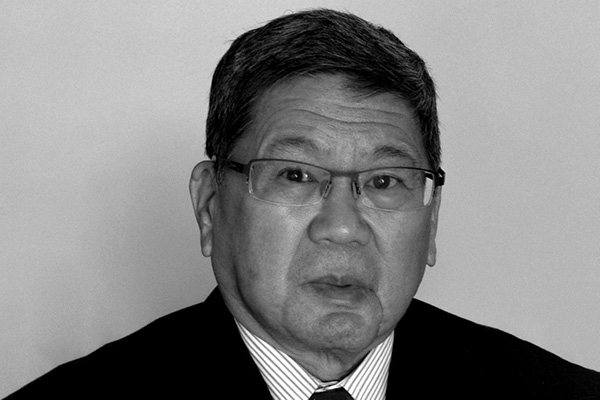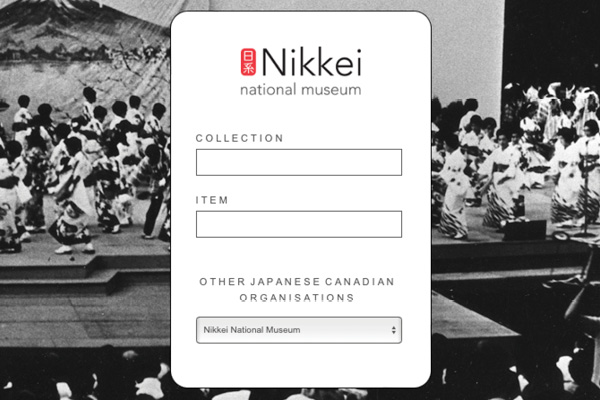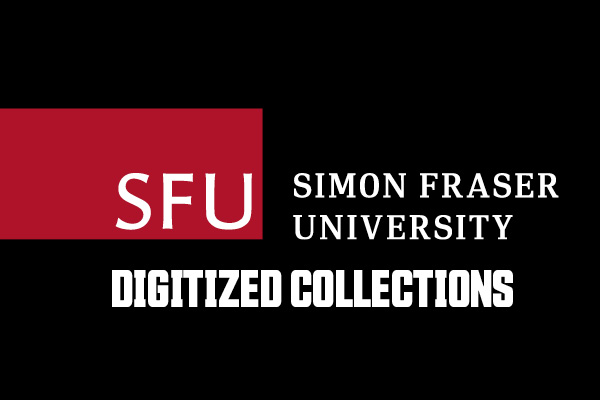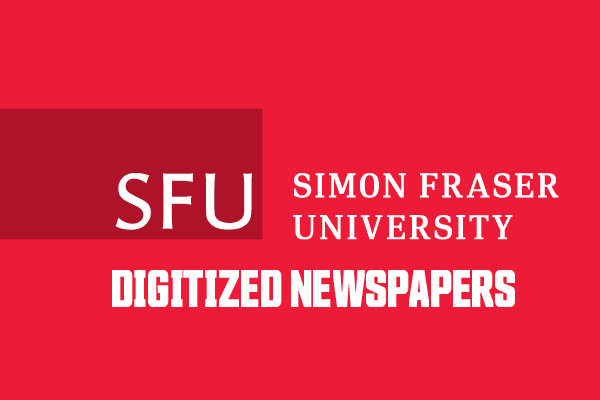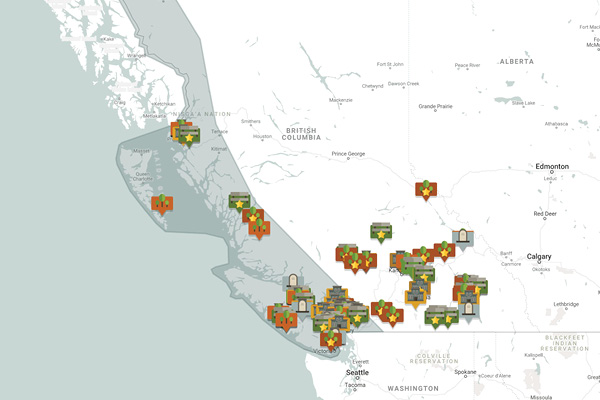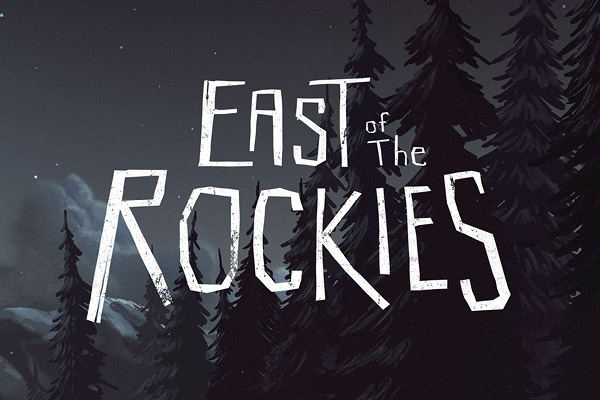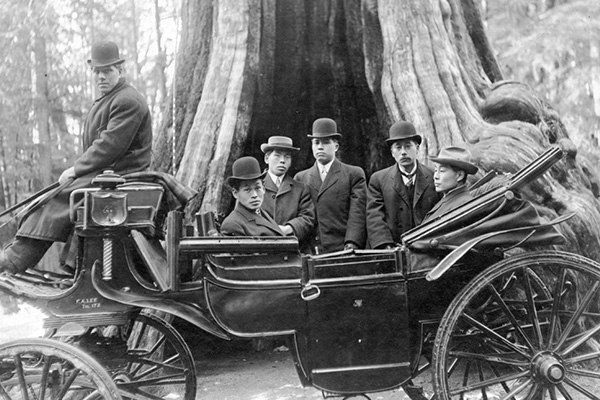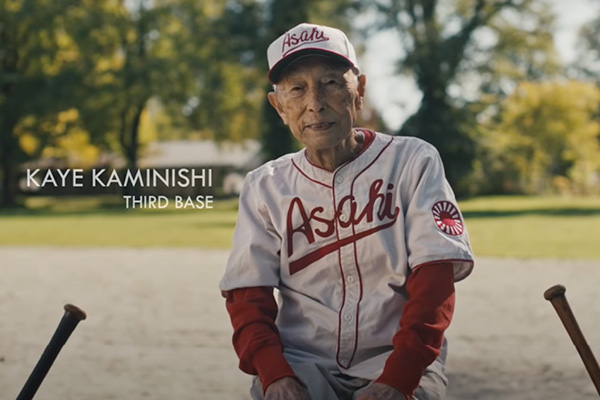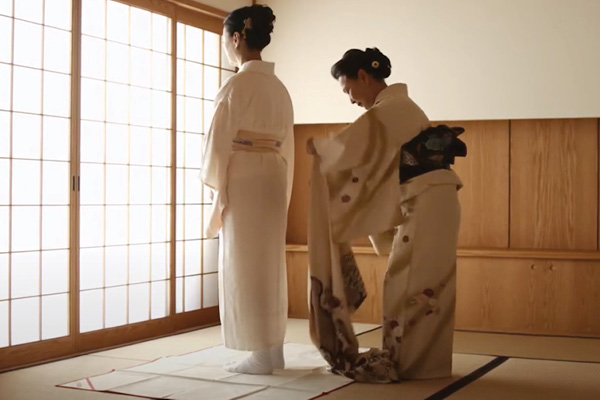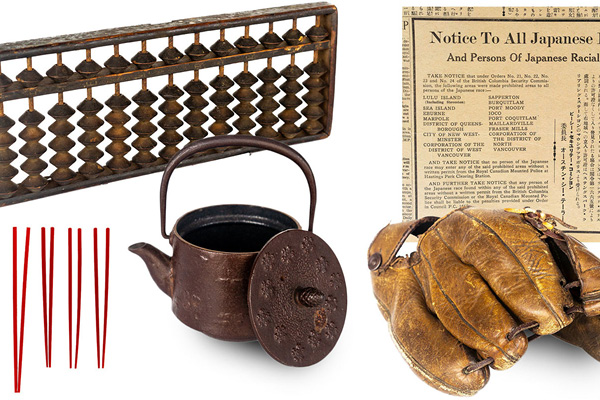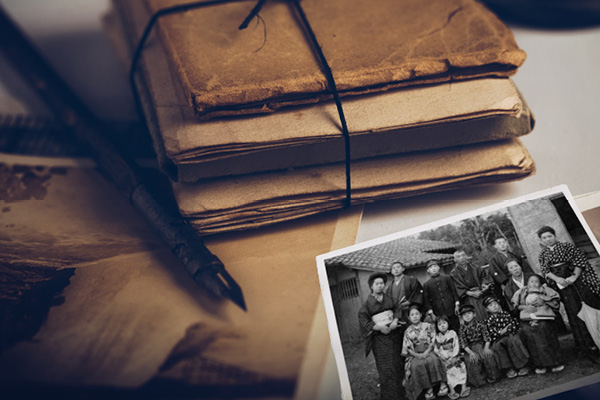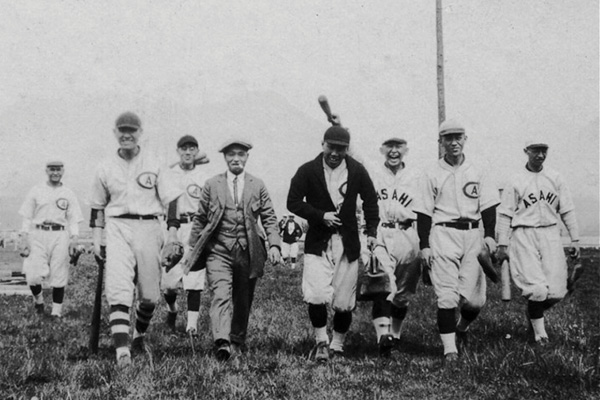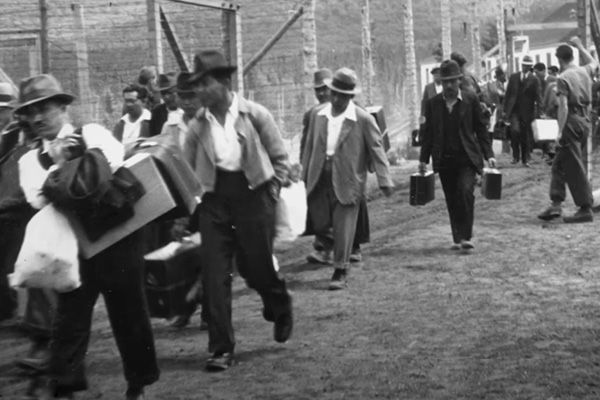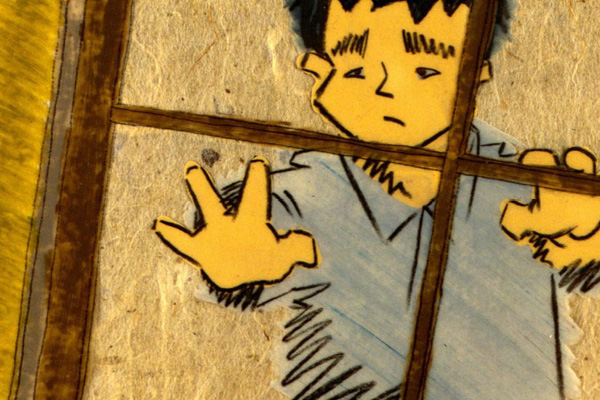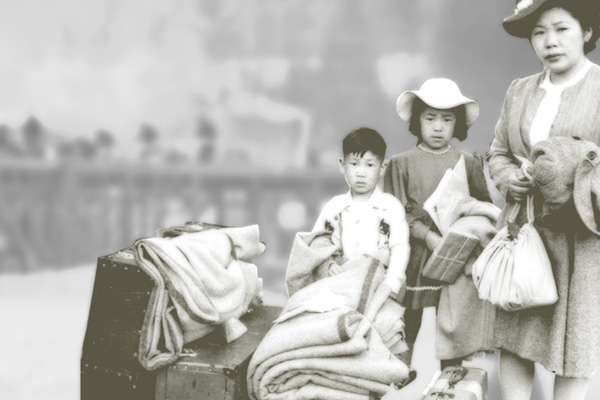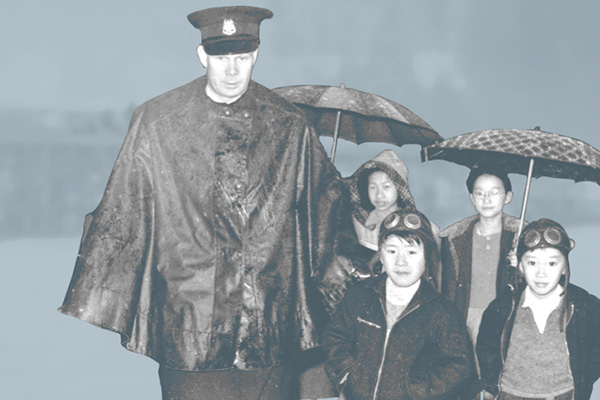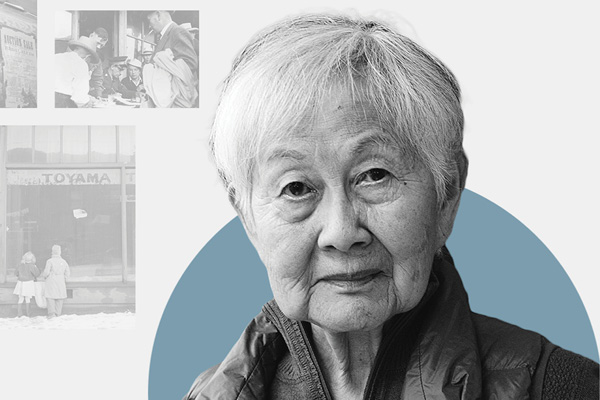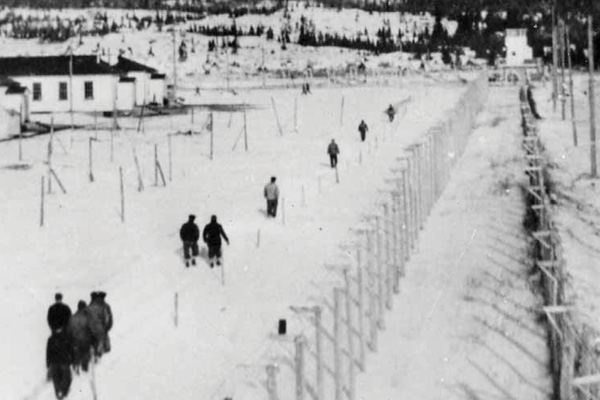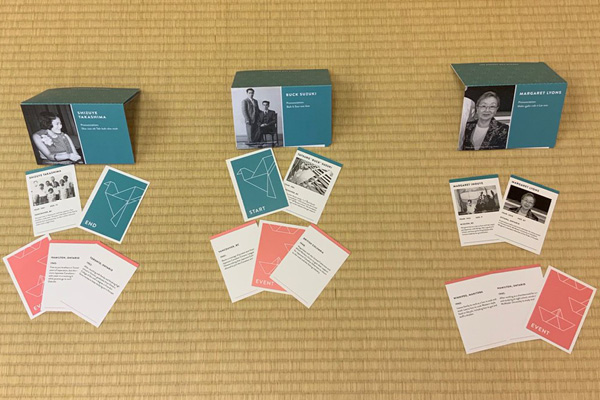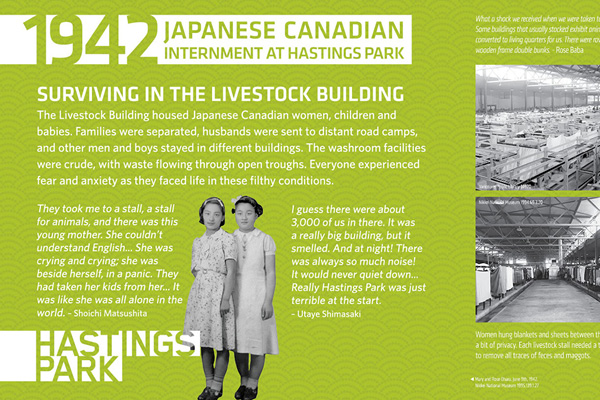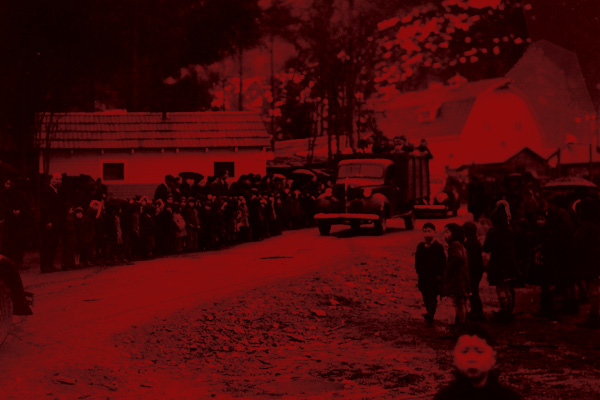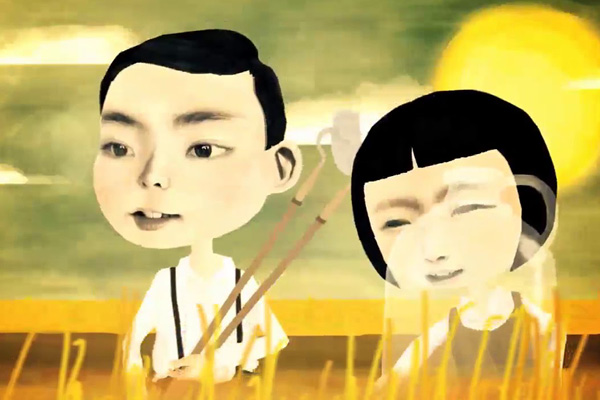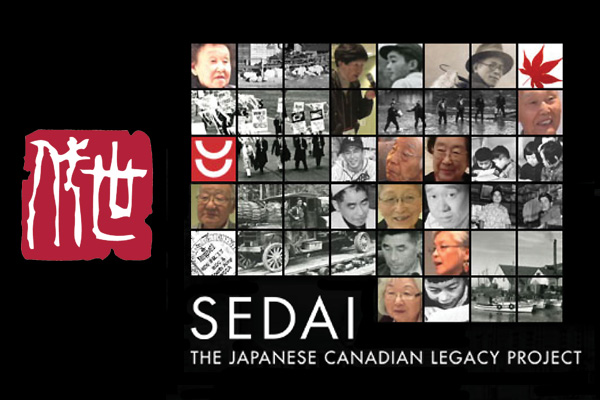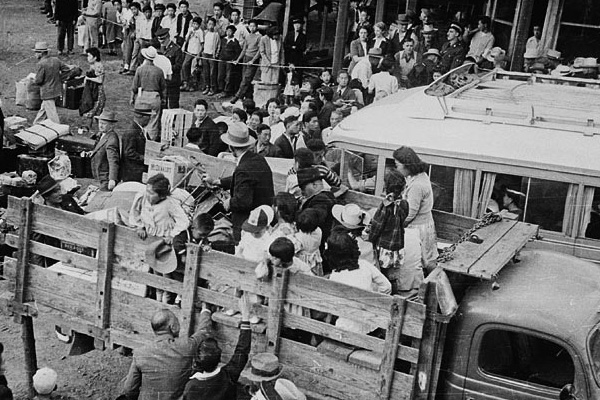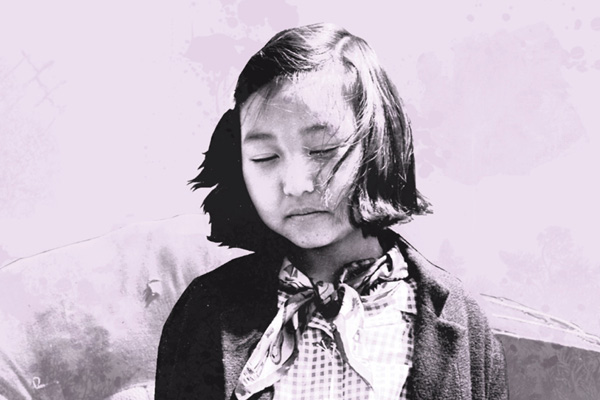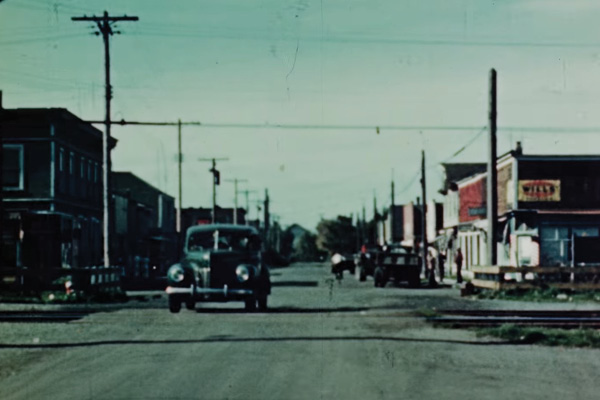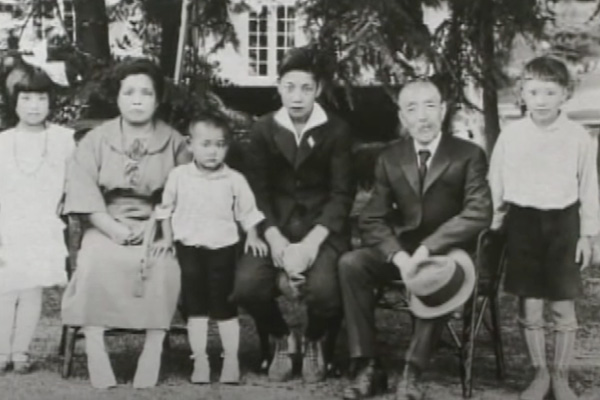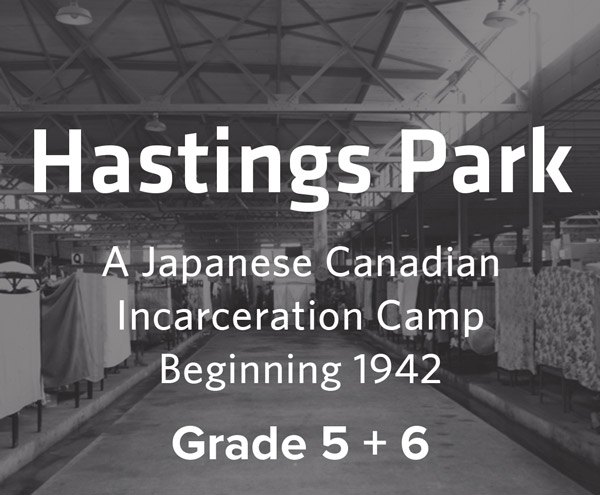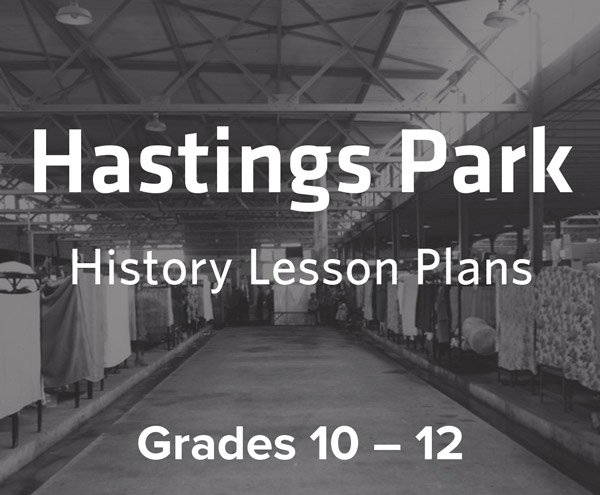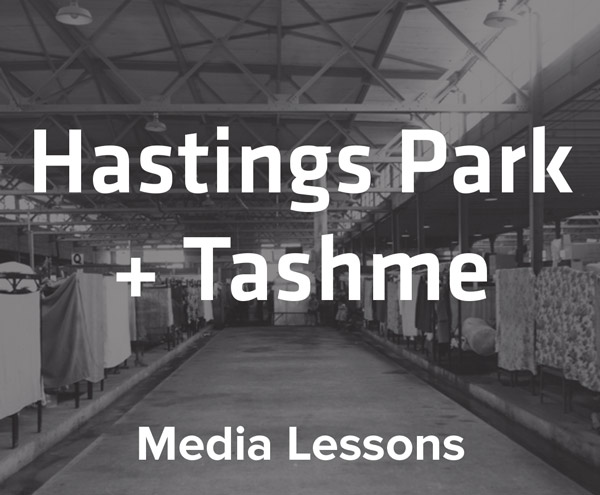Online Resources
Enemy Aliens: The Internment of Jewish Refugees in Canada, 1940-43
This rich online exhibit contains a wealth of information on the internment of Jewish refugees in Canada during World War II. Includes text, photographs, videos, eyewitness testimony, and primary source documents.
The Politics of Racism: The Uprooting of Japanese Canadians During the Second World War
The Politics of Racism is the first book to fully document the politics behind the 1942 expulsion order. There is an HTML version and ebook version.
Challenging Racist “British Columbia”
This resource highlights the stories of resistance to colonialism and white supremacy. It is based on a comprehensive, historical account of “British Columbia” with a decolonial lens.
Speak Truth To Power – Equality and Redress
Activism of Arthur Miki, Canada’s War Measures Act, ethnic segregation, the Japanese Canadian Redress Agreement, and subsequent government apologies.
Nikkei National Museum Collection
Online collection database of photographs, documents, objects, and audio/visual material relating to Japanese Canadian heritage.
SFU Japanese Canadian Oral History Collection
Audio recordings of interviews with Japanese Canadians.
SFU Digitized Newspapers: The New Canadian
The newspaper is filled with news regarding the relocation, settlement, and economic conditions of the uprooted Japanese community, as well as its legal and political position, labour opportunities, and continued expressions of Japanese culture.
Heritage BC Japanese Canadian Map
The map reflects nominated and provincially recognized historic places in British Columbia as identified through the Japanese Canadian Historic Places Recognition Project.
Joy Kogawa: East of the Rockies
An interactive narrative AR experience told from the perspective of a 17-year-old girl forced from her home and made to live in BC’s Slocan Japanese internment camp during the Second World War.
The Canadian Encyclopedia: Japanese Canadians
This resource covers the history of migration, racism and exclusion, community development, political activism, Asian heritage in Canada, as well as the Asahi baseball team.
Heritage Minute: Vancouver Asahi
A video resource about the dominant pre-war amateur baseball team – Vancouver Asahi baseball team.
Omoi: Cultural Experiences videos
Video series of Japanese Canadian community members sharing their experiences with Japanese culture. Includes accompanying activity. Suitable for all ages: recommended age 10+.
JOURNEYS Education Kits
The kits includes historical artefact replicas, primary and secondary source documents, and sample lesson plans suitable for students from grades 5 to 12.
Writing Wrongs – Japanese Canadian Protest Letters of the 1940s
This exhibit tell the story of Japanese Canadians’ struggle to protest and oppose the forced sales of property in the 1940s.
Nikkei Stories of Powell Street and Steveston
The Nikkei Stories Study Guide provides teachers with a rich resource adaptable to elementary and secondary classroom lessons on Human Rights, Canadian, and Immigrant History, Japanese Canadian History, Multiculturalism, Democracy in Canada, and Local Histories.
TAIKEN Series: Our Elders, Our Stories
The Taiken series consists of four short videos of Japanese Canadian elders recounting their experiences, especially their memories of the internment period.
Canada's History: Japanese Canadian Internment
Students are introduced to the historical thinking concept through an examination of the Japanese Canadian internment. Students view the NFB film, Minoru: a Memory of Exile and create a bio-poem.
Landscapes of Injustice: Secondary Teacher Resources
Lessons presenting the history of Japanese Canadians from the early years of migration and settlement in British Columbia through the interment era and concluding with the Redress movement and the legacies of dispossession.
Landscapes of Injustice: Elementary Teacher Resources
Hands-on, minds-on, heart-on learning – students create, using critical thinking emotions in this lesson.
Landscapes of Injustice - The Dispossession of Japanese Canadians
Together, researchers and community members have sought to understand the internment history. Landscapes of Injustice presents our results in four claims. Each case in this resource tells a story of the work of dispossession.
Japanese Canadian History
The website and accompanying downloadable workbooks are a learning resource on the internment of Japanese Canadians from 1942 to 1949 and the attainment of redress in 1988.
Taiken: History Mystery Card Game
Interactive educational card game about surviving the Japanese Canadian internment. Ready-to-play sets are available or you can download the files to print your own set.
Hastings Park 1942
This website brings together personal reflections about being incarcerated in Hastings Park in 1942, along with historical photographs, archival materials, and artistic responses.
Tashme Internment Camp
This website shares information about daily life in Tashme using archival images and accounts from former residents.
Nikkei Tapestry: Japanese Canadians in Southern Alberta
This resource explores the history of four generations of Japanese Canadians in southern Alberta: the Issei, Nisei, Sansei, and Yonsei.
Sedai: Oral History Catalogue - The Japanese Canadian Legacy Project
The Sedai Project collects, documents, preserves and shares Japanese Canadians history through audio and video recordings
BiblioArchives / LibraryArchives
Visual resource of photos taken of Japanese Canadian during the Second World War.
Densho
Curriculum, short films and other teaching resources for teaching WWII incarceration history of Japanese Americans.
Of Japanese Descent: An Interim Report (1945)
A government of Canada, Labour Dept. film depicting the conditions and life for Japanese Canadians in a variety of interment camps in 1944. Filmed in Tashme, Nakusp, Greenwood and Roseberry camps.
Local Heroes: Tomekichi Homma
Documentary style video about Tomekichi Homma made by students at a Richmond secondary school. Interview with Tomekichi's son covers his court challenge to the right to vote for Japanese Canadians.
Lesson Plans
Grade: 5 + 6
Time: 60 Minute lessons in the classroom with field study option
We focussed on core and curricular competencies to bring the big ideas and the content of the Japanese Incarceration also known as the Internment to life. All books and lessons have been classroom tested.
CORE COMPETENCIES: Communication, Creative and Critical thinking, Positive Personal and Cultural Identity, Personal Awareness and Responsibility, and Social Responsibility
SUBJECTS: Social Studies, English Language Arts
BIG IDEAS
• Canada’s policies and treatment of minority peoples have negative and positive legacies. (Social Studies 5)
• Immigration and multiculturalism continue to shape Canadian society and identity. (Social Studies 5)
• Systems of government vary in their respect for human rights and freedoms. (Social Studies 6)
• Exploring text and story helps us understand ourselves and make connections to others and to the world. (English Language Arts 6)
• Exploring and sharing multiple perspectives extends our thinking. (English Language Arts 6)
CONTENT
• Past discriminatory government policies and actions such as the Head Tax, the Komagatu Maru Incident, residential schools and internments (Social Studies 5)
• Human rights and responses to discrimination in Canadian society (Social Studies 5)
• Global poverty and inequality issues including class structure and gender (Social Studies 6)
The history of the incarceration of Canadians of Japanese descent at Hastings Park in Vancouver and (optional) field study guide
CURRICULAR LINKS TO GRADE 10 SOCIAL STUDIES
(Copied from the Ministry of Education curriculum guide)
BIG IDEA
Political decision-making and societal change are influenced by interactions between, individuals, groups and institutions.
CURRICULAR COMPETENCIES
Students are expected to be able to do the following:
• Use Social Studies inquiry processes and skills to: ask questions; gather, interpret, and analyze ideas; and communicate findings and decisions
CONTENT
Students are expected to know the following:
• Injustice, oppression, and social change in the development of human rights
CURRICULAR LINKS TO GRADE 11/12 SOCIAL JUSTICE
(Copied from the Ministry of Education curriculum guide)
BIG IDEAS
• Social justice issues are interconnected.
• The causes of social injustices are complex and have lasting impacts on society.
• Social justice issues have both individual and systemic effects.
CURRICULAR COMPETENCIES
Students are expected to be able to do the following:
• Use inquiry processes and skills to: ask questions; gather, interpret, and analyze ideas; and communicate findings and decisions
• Assess and compare significance of people, events, and developments at particular times and places, and examine what it reveals about social justice issues
• Create and implement an action plan to address a particular social justice issue
CONTENT
Students are expected to know the following:
• Past and present social injustices in Canada and the world, their possible causes, and their lasting impact on individuals, groups, and society
• Roles of governmental and non-governmental organizations in issues of social justice and injustice
Curricular Links
CORE COMPETENCIES
Communication, Creative and Critical thinking, Positive Personal and Cultural Identity, Personal Awareness and Responsibility, and Social Responsibility
CURRICULAR LINKS TO GRADE 5 AND 6 SOCIAL STUDIES AND ENGLISH LANGUAGE ARTS
BIG IDEAS
• Canada’s policies and treatment of minority peoples have negative and positive legacies. (Social Studies 5)
• Immigration and multiculturalism continue to shape Canadian society and identity. (Social Studies 5)
• Systems of government vary in their respect for human rights and freedoms. (Social Studies 6)
• Exploring text and story helps us understand ourselves and make connections to others and to the world.
(English Language Arts 6)
• Exploring and sharing multiple perspectives extends our thinking. (English Language Arts 6)
CORE COMPETENCIES
• Use personal experience and knowledge to connect to text and develop understanding of self, community, and world (English Language Arts 5)
• Recognize and identify the role of personal, social, and cultural contexts, values, and perspectives in text (English Language Arts 6)
• Recognize how language constructs personal, social, and cultural identity (English Language Arts 5+6)
• Construct meaningful personal connections between self, text, and world. Respond to text in personal, creative, and critical ways (English Language Arts 6)
CONTENT
• Past discriminatory government policies and actions such as the Head Tax, the Komagatu Maru Incident, residential schools and internments (Social Studies 5)
• Human rights and responses to discrimination in Canadian society (Social Studies 5)
• Global poverty and inequality issues including class structure and gender (Social Studies 6)
Curricular links to Grade 10 Social Studies
(Copied from the Ministry of Education curriculum guide)
BIG IDEA
Political decision-making and societal change are influenced by interactions between, individuals, groups and institutions.
CURRICULAR COMPETENCIES
Students are expected to be able to do the following:
Use Social Studies inquiry processes and skills to: ask questions; gather, interpret, and analyze ideas; and communicate findings and decisions
CONTENT
Students are expected to know the following:
Injustice, oppression, and social change in the development of human rights
Curricular links to Grade 11/12 Social Justice
(Copied from the Ministry of Education curriculum guide)
BIG IDEAS:
• Social justice issues are interconnected.
• The causes of social injustices are complex and have lasting impacts on society.
• Social justice issues have both individual and systemic effects.
CURRICULAR COMPETENCIES:
Students are expected to be able to do the following:
• Use inquiry processes and skills to: ask questions; gather, interpret, and analyze ideas; and communicate findings and decisions
• Assess and compare significance of people, events, and developments at particular times and places, and examine what it reveals about social justice issues
• Create and implement an action plan to address a particular social justice issue
CONTENT
Students are expected to know the following:
• Past and present social injustices in Canada and the world, their possible causes, and their lasting impact on individuals, groups, and society
• Roles of governmental and non-governmental organizations in issues of social justice and injustice
OVERVIEW
In this unit students will consider the idea of bias and the use of word choice in the construction of historical accounts, as well as in the reporting of current events. The unit consists of three lessons that use the experience of Canadians of Japanese descent during WWII as a case study for a larger discussion on bias, discrimination and media literacy.

